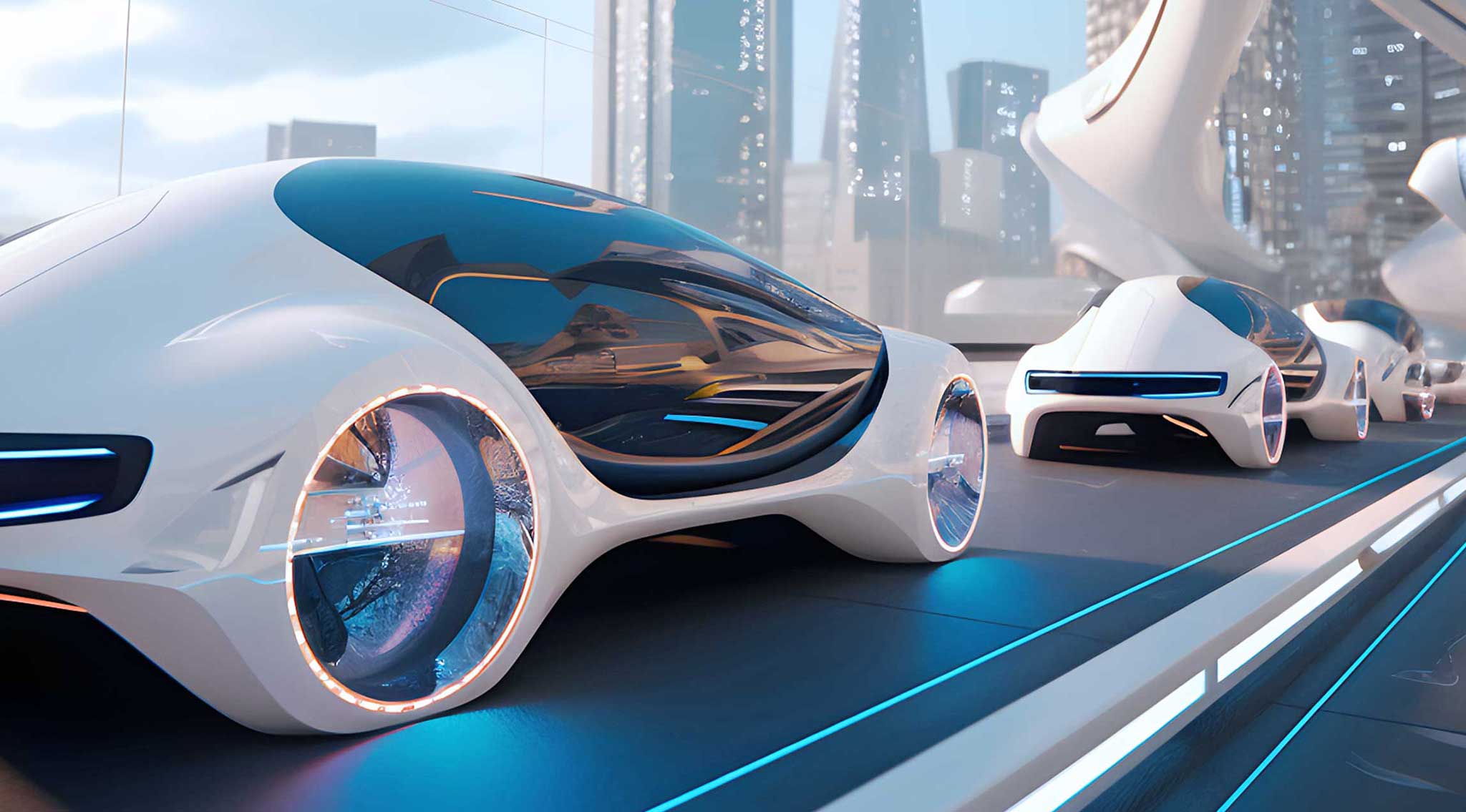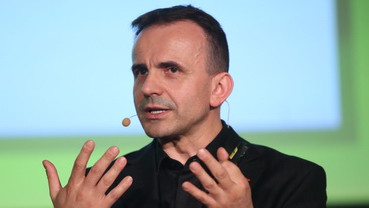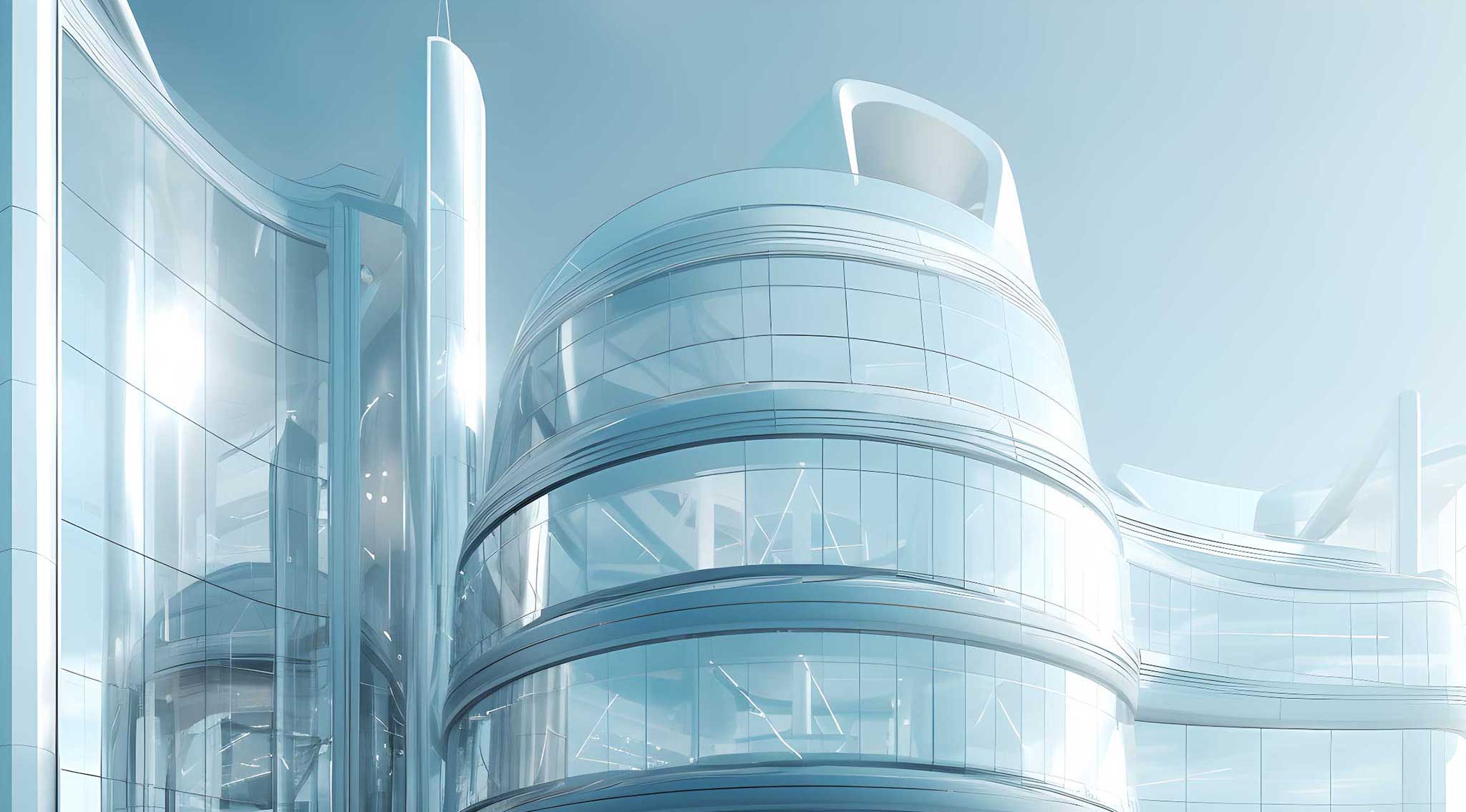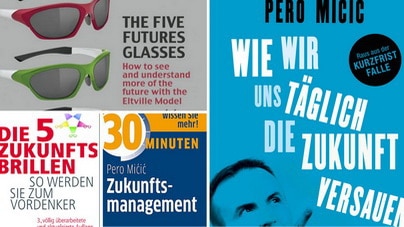Much has been written about the disruption of the mobility market. Recently, I presented a conceivable scenario of how the change could take place and showed what impact this would have on retail and after-sales services, for example. And the automotive suppliers?
Disruption: Automotive suppliers face major challenges
The CEO of a major automotive supplier told me last week that he expects more and more drastic changes in the next five to ten years than in the last thirty. To illustrate the dimension of this statement once again: This period saw, among other things, the end of the Cold War and the reunification of Germany, the introduction of the Internet, and massive globalization including the opening of China and its rise to become the world’s largest automotive market. In the last thirty years, the number of vehicles sold worldwide has doubled, while sales prices have risen significantly.
Massive changes ahead
The differences between the old era of the automobile and the new era of mobility are massive. While the old era was characterized by stable markets, continuous growth and consolidation, the new era shows exponential growth in sub-segments coupled with stagnation and contraction in other segments. At the same time, the complexity and intensity of competition are increasing. New companies are entering the mobility market as barriers to entry change. Whereas a technology push prevailed in many places in recent decades, a market pull is now taking hold in many places because people are actively demanding other forms of mobility. Where vehicles used to stand out in terms of size and performance, today and in the future convenience, intelligent door-to-door solutions and flexibility are required. Where in the past OEMs demanded a global footprint, delivery reliability and quality standards from their suppliers, today they also demand a high level of adaptability, agility and flexibility from their suppliers. Virtually all established manufacturers are trying to secure a piece of the pie that is emerging around attractive segments such as electrification, connectivity, automation and services.
Surviving Disruption: What does the new era of mobility look like for automotive suppliers?

So we are on the way to a new era of mobility. So far, so good. But what does the way there look like? What is certain is that automotive suppliers will have to reckon with a harsher environment characterized by disruption in the coming years. Markets are becoming less predictable, more volatile and more dynamic. The big challenge is to lead an automotive supplier successfully through the ‘transition period’ of the coming years: The established business – mostly dominated by the combustion engine – is still profitable and demands attention and resources. At the same time, however, it is clear that ‘business as usual’ will lead to the abyss in the long term. Massive investments must be made in the new era today if we are not to miss the boat. Conflicting goals arise. What to do?
Surviving Disruption: 6 Measures for Automotive Suppliers
1. develop a clear vision
Every company in the automotive market needs a clear vision of the role it wants to play in the new era. This vision must be a concrete picture of a fascinating and feasible future for the company. It must take into account the trends and requirements of the new era. In this context, it is often necessary to review the mission, i.e. the purpose of the company. Questions need to be answered such as: What is the purpose of our company? Who will be our customers in the future? What effect are we responsible for? What is the basis of our unique position? What are our key future-ready skills? What market position are we aiming for? In which business areas are we active? How big do we want to be in sales and employees? What know-how enables us to achieve maximum performance?
2. maintain competitiveness and cash flows of established businesses
Despite all the enthusiasm for the new: The basis for success in the future is also the established business. Even if parts of it will play a much smaller role or no role at all in the new era. In order to be able to invest in the necessary skills, resources and market access, the earnings power of the existing business areas is needed. This requires great management attention and clear priorities as well as outstanding operational excellence.
3. align business, product and project portfolio with the (new) vision.
Activities must be aligned with the vision. This means stopping activities that do not achieve their goals, realigning them or continuing them outside the core company. As a rule, fundamentally new activities must also be started. Many companies have already made massive changes to their organizational structure in this context in recent months. Entire business units are merged, spun off, reorganized or sold.
4. define exit time and strategy
For most automotive suppliers, part of their business depends directly or indirectly on the combustion engine. In some cases, up to 100 percent. In the long term, the internal combustion engine will only play a marginal role in niches. Therefore, it is imperative to define when is the right time to exit and how it should be designed. It is not possible to predict the exact speed of this change. Experts’ forecasts vary too much, and the number of influencing factors is too large. Therefore, it is better not to think in terms of years, but to monitor the market on the basis of specific signals and trigger points that determine which measures should be taken and when. More radical alternatives are to sell off the relevant segments as immediately as possible in view of the great uncertainty, or to deliberately implement a ‘last man standing strategy’ in which one actively drives forward the consolidation of the segment in order to end up being one of the last survivors in a significantly smaller market.
5. investment in new technology fields and business models
Achieving one’s vision for the new era usually also requires completely new skills, especially in the areas of electrics, electronics, networking, sensor technology, and knowledge and data management. But new materials, the ability to develop new business models, or the creation of entirely different market access can also be important, depending on the positioning sought. In order to accelerate the lengthy organic build-up of the respective required capabilities, many companies rely on M&A activities or cooperation with start-ups within the framework of incubator and accelerator programs.
6. consistency in implementation and cultural change
The strategy only becomes effective through consistent implementation in everyday life. Habits and comforts can make change difficult or even stop it. In most established companies, transformation will not succeed if there is no change in the corporate culture. Peter Drucker said: “Culture eats strategy for breakfast” and Jack Welch: “If the rate of change on the outside exceeds the rate of change on the inside, the end is near”. The transformation of an automotive company is a marathon run – under time pressure.
Follow these links as well:
► The Future Strategy Program for SMEs
► Free video crash course THE FUTURE OF YOUR BUSINESS
► BUSINESS WARGAMING for robust business and future opportunities
► KEYNOTES by Pero Mićić for your employees and customers
Have a bright future!


















